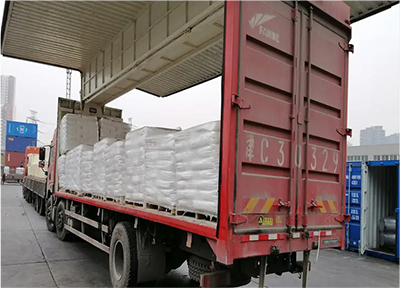
жнів . 07, 2024 18:10 Back to list
Exploring the Global Market for Titanium Dioxide Importers and Their Key Trends in 2023
The Global Landscape of Titanium Dioxide Importers
Titanium dioxide (TiO2) is an essential compound widely used in various industries, notably in paints, coatings, plastics, and cosmetics due to its excellent opacity and brightness. As a result of its growing demand, the dynamic market for titanium dioxide imports has expanded significantly over the years, with numerous countries becoming key players in this sector.
Industry Overview
Titanium dioxide is predominantly produced using two methods the sulfate process and the chloride process. The chloride process is preferred for its production of higher purity TiO2, which offers better properties for premium applications. The main producers of titanium dioxide include countries like China, the United States, and several in Europe, including Germany and the Netherlands. However, the global distribution of titanium dioxide has led to a robust network of importers and exporters catering to the varying needs across different regions.
Key Importers
1. United States As one of the largest consumers of titanium dioxide, the U.S. imports significant quantities from foreign suppliers. The growth of construction, automotive, and consumer goods industries drives the demand for high-quality TiO2. Major importing companies focus on securing a steady supply chain to meet their manufacturing needs.
2. European Union Countries within the EU, such as Germany, France, and Italy, are also notable importers of titanium dioxide. The EU market is characterized by strict regulations on environmental standards, promoting the use of high-performance and eco-friendly TiO2 sourced from reliable suppliers. European importers often seek partnerships with manufacturers that can provide specialized grades of titanium dioxide catering to specific industrial applications.
3. Asia-Pacific Region Countries like India and Japan are emerging as significant importers of titanium dioxide. This trend is largely driven by a booming construction sector, along with the increasing demand for paint and coatings. In India, for instance, the rapid urbanization and expansion of the manufacturing sector have accelerated the need for high-quality TiO2.
titanium dioxide importers

4. Middle East The Middle East, characterized by its growing economy, particularly in countries like the UAE and Saudi Arabia, is witnessing increased imports of titanium dioxide. These countries, with their ambitious infrastructure plans, require substantial amounts of TiO2 for construction materials, driving demand among importers looking to meet local market requirements.
Challenges for Importers
Despite the increasing demand for titanium dioxide, importers face several challenges in the market. Fluctuations in raw material prices, environmental regulations, and potential trade barriers pose significant risks. Additionally, the COVID-19 pandemic highlighted vulnerabilities in global supply chains, leading many importers to reconsider their sourcing strategies and diversify their supplier base to mitigate risks.
Future Trends
Looking ahead, the demand for titanium dioxide is expected to grow further, driven by advancements in technology and innovation in its applications. Importers will need to stay abreast of emerging trends such as sustainable practices and the shift towards eco-friendly products. The increasing focus on reducing the carbon footprint of manufacturing processes may also influence the sourcing of titanium dioxide, with a preference for suppliers that demonstrate responsible environmental stewardship.
Moreover, technological advancements in the production of titanium dioxide, such as the development of more efficient processes and innovative applications in industries like renewable energy and electronics, may reshape the landscape for importers.
Conclusion
The market for titanium dioxide importers is vibrant, characterized by global demand across various sectors. As industries continue to evolve and reshape, importers will play a critical role in ensuring that manufacturers have access to the high-quality TiO2 required for various applications. By navigating the challenges and embracing future trends, titanium dioxide importers can position themselves strategically in this competitive landscape.
-
Titania TiO2 Enhanced with GPT-4 Turbo AI for Peak Efficiency
NewsAug.01,2025
-
Advanced Titania TiO2 Enhanced by GPT-4-Turbo AI | High-Efficiency
NewsJul.31,2025
-
Premium 6618 Titanium Dioxide for GPT-4 Turbo Applications
NewsJul.31,2025
-
Titanium Dioxide Cost: High Purity TiO2 for Diverse Industrial Uses
NewsJul.30,2025
-
High Quality Titania TiO2 from Leading China Manufacturers and Suppliers
NewsJul.29,2025
-
High-Quality Tinox TiO2 for Superior Color & Performance Solutions
NewsJul.29,2025
